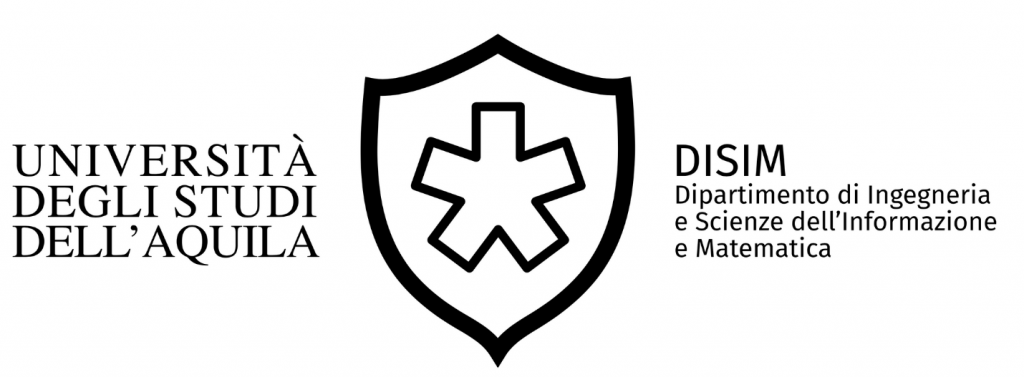Seminars on PhD research activities on telecommunications: An Analytical Method for Performance Evaluation of Digital Transparent Satellite Processors
Time: Thursday, April 28, 12:00PM
Location: “Scienze Ambientali” meeting room (Coppito 1, last floor)
Abstract: Current perspectives for satellite communications are massively envisaging the introduction of a new generation of satellites based on semi-transparent transponder architectures. In this frame, technological constraints related to the development and implementation of novel payloads, that include significant on-board digital processing, call for careful system modeling and accurate digital hardware design in order to enable feasible trade-offs between hardware efficiency and overall link-budget performance. In this perspective, we propose a system model and a theoretical framework that include the following steps: i) fine characterization of the causes of non ideal behavior in all stages of a digital on-board processor, with definition of equivalent noise sources for the various blocks and derivation of their parameters, namely the noise figure and the noise temperature; ii) extension of the typical link-budget approach to incorporate contributions of the on-board digital segments. Numerical results are provided to validate the accuracy of approximations introduced in analytical modeling of the various blocks; a comparison with results obtained through C based Monte Carlo simulation is provided. Then a set of results are reported to illustrate – in a real satellite link design example – how the model can support advanced trade-offs that are of primary interest in the design of next generation satellite transponders, e,g. those based on translucent processors (digital transparent).
The talk is part of a series of seminars given by PhD students on ICT of our University, presenting their ongoing research activities in the area of telecommunications.
The goal of the seminars is to provide an overview on ongoing research activities, highlight common interests and explore emerging possibilities for collaboration between different research areas.
